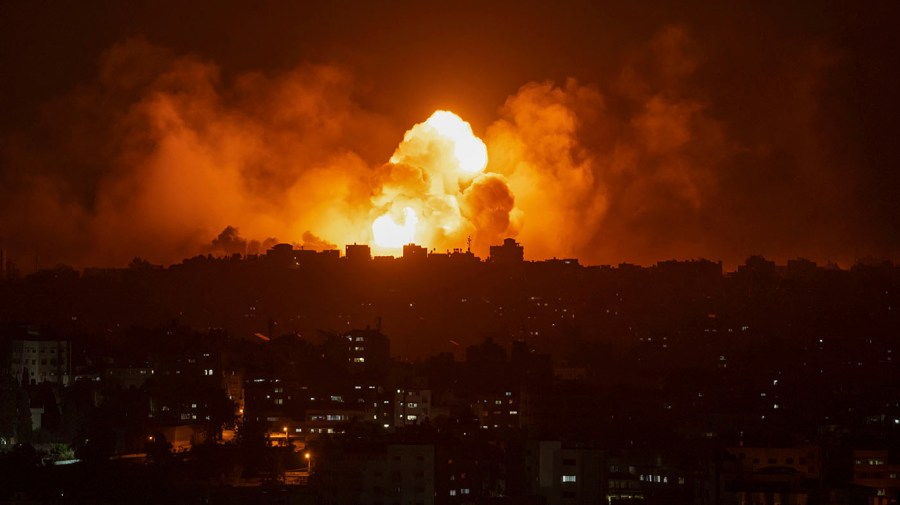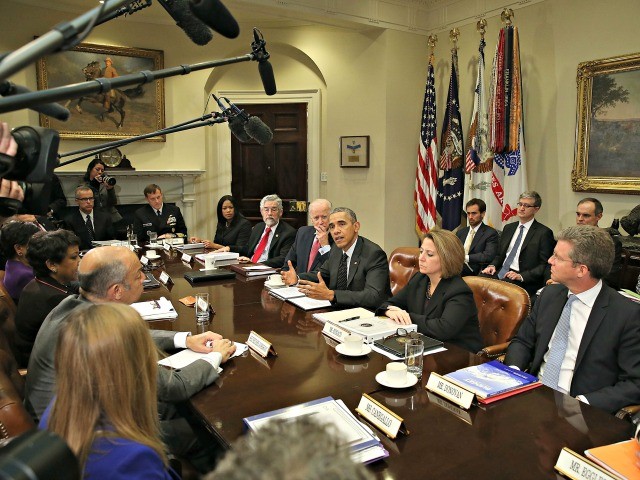
Beyond the recognized impacts to the environment and aspects of public health, the climate crisis is interfering with military operations and national security by proxy. Rising sea levels, prolonged heat waves, and numerous wildfires are some of the direct threats hindering nations’ respective militaries. This in turn has been fueling the indirect effects of climate change. For instance, due to gradual depletion of natural resources like water, geopolitical stability in contentious regions of the world has been weakening, particularly the Middle East.
How else does climate change affect security? For one, it has geostrategic impacts on the physical combat arena. For example, climate change can easily strain the supply chains and logistical capabilities of national defense forces. Secondly, military infrastructures and weapons-carrying platforms are jeopardized as extensive droughts and flooding events can plausibly disrupt time sensitive operations. Lastly, the health and physical capabilities of soldiers are put at greater risk whether they are performing combat or humanitarian missions.
In a recent opinion piece, NATO Secretary General Jens Stoltenberg explained that the world’s largest security organization he heads understands the dangers that global climate change poses to our shared security. Although, he acknowledges that NATO must be more active in incorporating climate change mitigation strategies into their entire spectrum of work. Stoltenberg recommends upgrading military developments, planning, and training to take priority in the effort to both adapt to and reduce the weather altering effects of climate change. Awareness for the link between climate change and security has been growing, especially through the research efforts facilitated by the Institute for National Security Studies at Tel Aviv University.
Climate Change Breeding Instability
Over the past few decades, the Middle East has experienced significant changes in the form of rising temperatures, reduced rainfall, and scarce water availability. In Israel alone, the annual mean temperature increased by 1.4°C since 1950 and is expected to increase an additional 1.2°C by 2050 if emission trends continue as they have been. Temperatures exceeding 37°C (98.6°F) will become more common, thereby putting military vessels at risk of overheating and malfunctioning. These factors increase regional instability and strengthen terrorist organizations to threaten regional governments. The outbreak of the Syrian civil war exemplifies this very scenario as a four-year drought in the late 2000s prompted farmers to abandon their fields and join rebel groups in the absence of finding urban jobs.
The Sahel in Africa is another region experiencing a deteriorating security as well as significant changes brought on by the climate crisis, particularly desertification processes. Terrorist organizations have been able to thrive in this climate-stricken landscape due to their opportunistic grab of land and crop resources. Herders and local peasants have resorted to violence over the remaining water and fertile soil resources for agriculture. The lack of central governance coupled with the repercussions of desertification has caused the number of displaced persons from environmental degradation to rise. Terrorist organizations have exploited this misfortune by offering food and shelter in exchange for adopting their extreme ideologies, thus crumbling the region’s security.
Without the support of a robust government, millions of migrants are fleeing to escape the harsh environmental conditions and chaotic social climate. To the majority of the Israeli public, the Sahel region is considered an unrecognized country. Although Egypt separates Israel from the Sahel, Israel is experiencing similar issues such as increased climate-related migration.
The climate migration phenomenon is estimated to worsen in the coming decades as the number of displaced climate refugees could very well reach hundreds of millions seeking more prosperous places to settle. As a developed country, Israel is an attractive destination for climate migrants. However, migration pressures are also expected to significantly rise in the future over international waters and especially throughout Africa and Europe. Resorting to migration, however, could strengthen “traditional” terrorist organizations and hybrid terrorist organizations if desperate people choose to join their ranks rather than travel far distances to unfamiliar places. Of course, increases in terrorism would further undermine the internal order of the countries in the region.
Soldiers Braving Weather Extremities
Aside from prompting migration and the growth of hostile organizations, frequently extreme weather events are also damaging military infrastructures around the world. The result is severe financial consequence. For example, American military bases suffered $3.6-$4.7 billion worth of damage following the 2018 hurricane season. By contrast, the Finnish army has a set of safety standards for building military infrastructure at least three meters above sea level in order to avoid such calamities resulting from sea level rise.
The climate crisis also has far reaching implications for soldiers and their ability to function in the field. Recently, temperatures in Iraq and Syria have reached ~50°C (122°F). Higher temperature patterns such as this are expected to significantly intensify in the future in not only traditionally hot regions, but colder areas of military activity as well. This raises multiple concerns pertaining to how great of an impact such temperature extremes will have on a soldier’s health, their mental status, and their ability to focus and complete a mission.
To address the threat of rising temperatures, base infrastructure can be adjusted to provide better shading as well as allow the planting of trees to reduce ground temperatures. Renewable energies can also be incorporated into military infrastructures to meet growing needs of air conditioning more sustainably. Adapting infrastructure in response to extreme climate events such as floods, fires, and dust storms must be done in order to effectively withstand intense environmental patterns and conditions.
Security is on the Line
Without appropriate modifications, defense industries around the world will experience a variety of difficulties and setbacks as a result of extreme climate events. Adapting to new weather conditions is therefore obligatory. This would mean upgrading weapon functionality and combat platforms to effectively withstand the hazards of extreme weather events as well as favoring systems with low greenhouse gas emissions. However, adapting military industries in this way will require significant effort within R&D stages.
The pressure on armies, particularly those in Western countries, to reduce emissions is expected to increase as decisions made within developed countries and economies are geared toward a zero-emission economy. This kind of pressure will likely influence bases to consume less energy, emphasize energy efficiency, and shift military vehicles away from fossil fuel dependent energy to instead explore the practicality of electric motors and the possibilities associated with hydrogen-based fuel.
Due to its historical geopolitical conflicts, national security is of utmost importance to Israel’s statehood. Therefore, it is within Israel’s best interests to invest considerable time and effort into developing proper awareness into the multiple effects brought on by the modern climate crisis. Just as other institutions and industries are taking part in determining effective adaptation strategies to worsening climate conditions, defense branches need to adapt their systems and operations in accordance with current research. Otherwise, environmental negligence will only threaten and degrade security measures the same way it threatens and degrades natural ecosystems.
ZAVIT Science and Environment News Agency
Related posts:
Views: 0
 RSS Feed
RSS Feed

















 December 9th, 2020
December 9th, 2020  Awake Goy
Awake Goy 



 Posted in
Posted in  Tags:
Tags: 
















